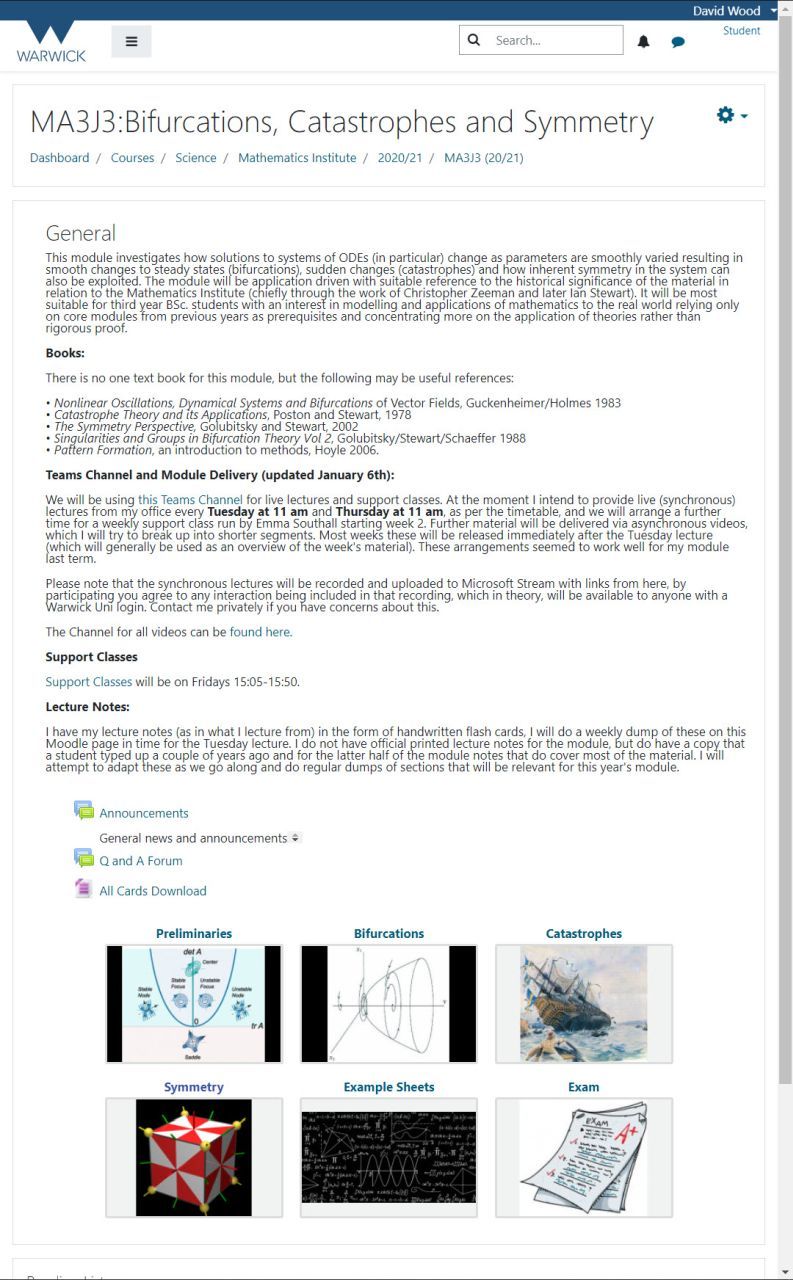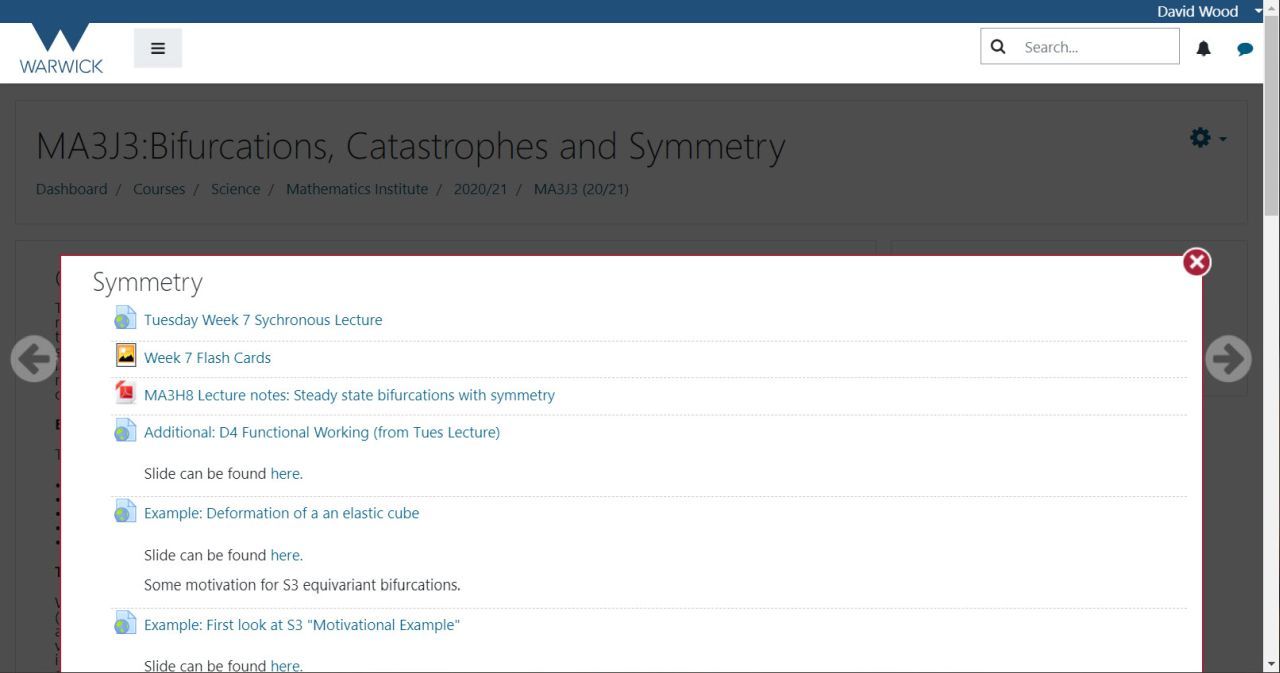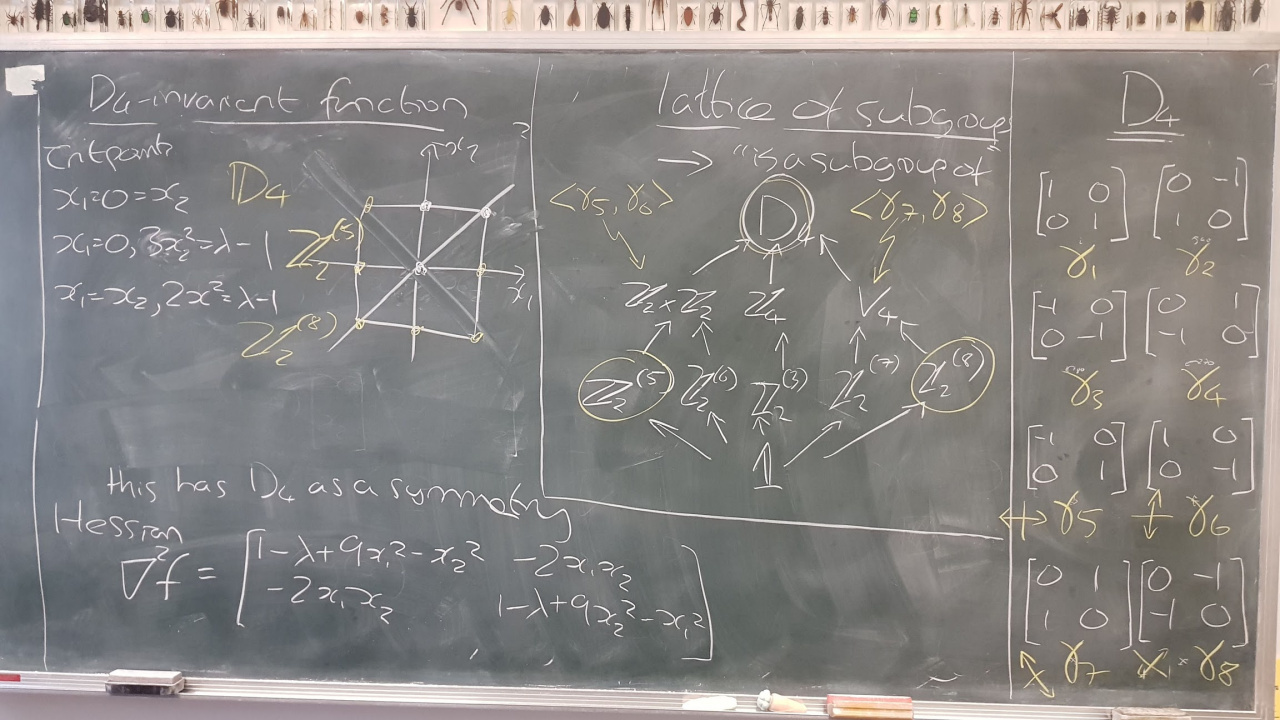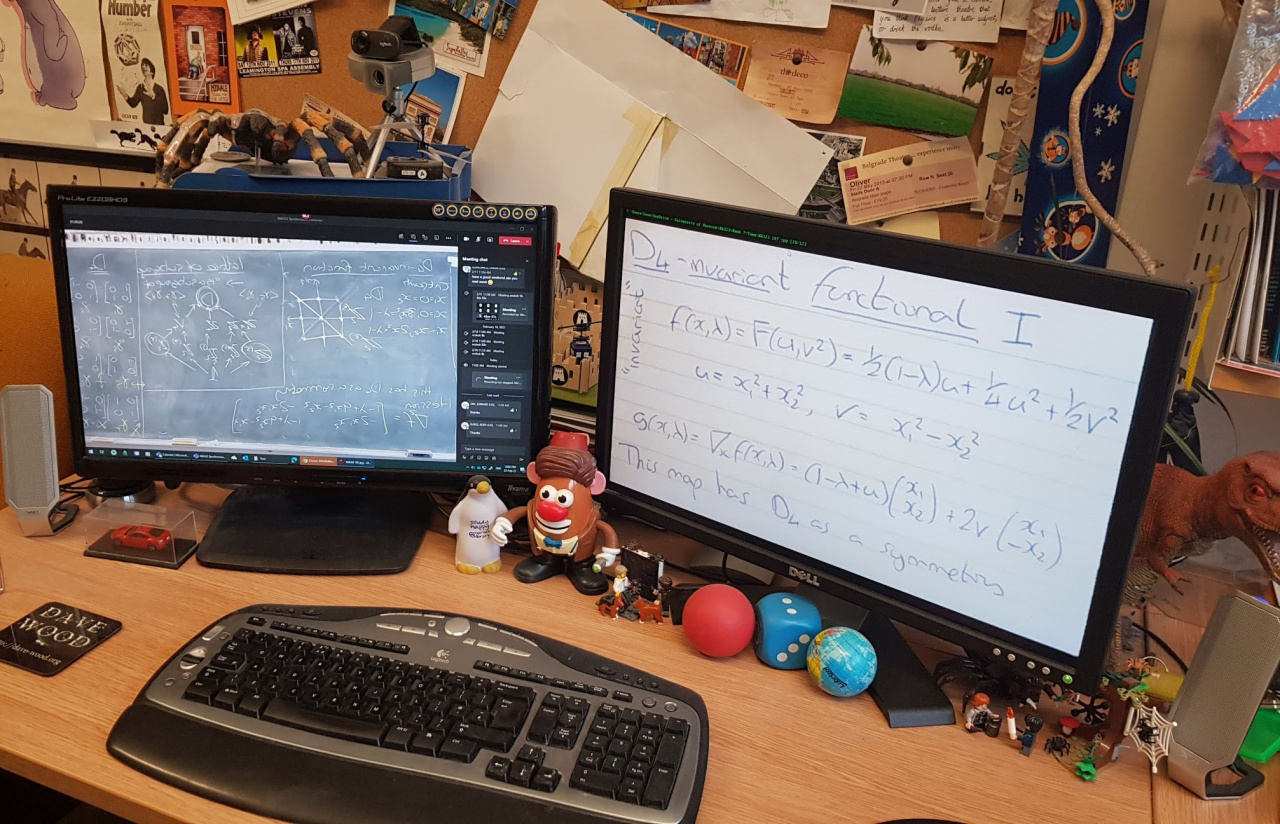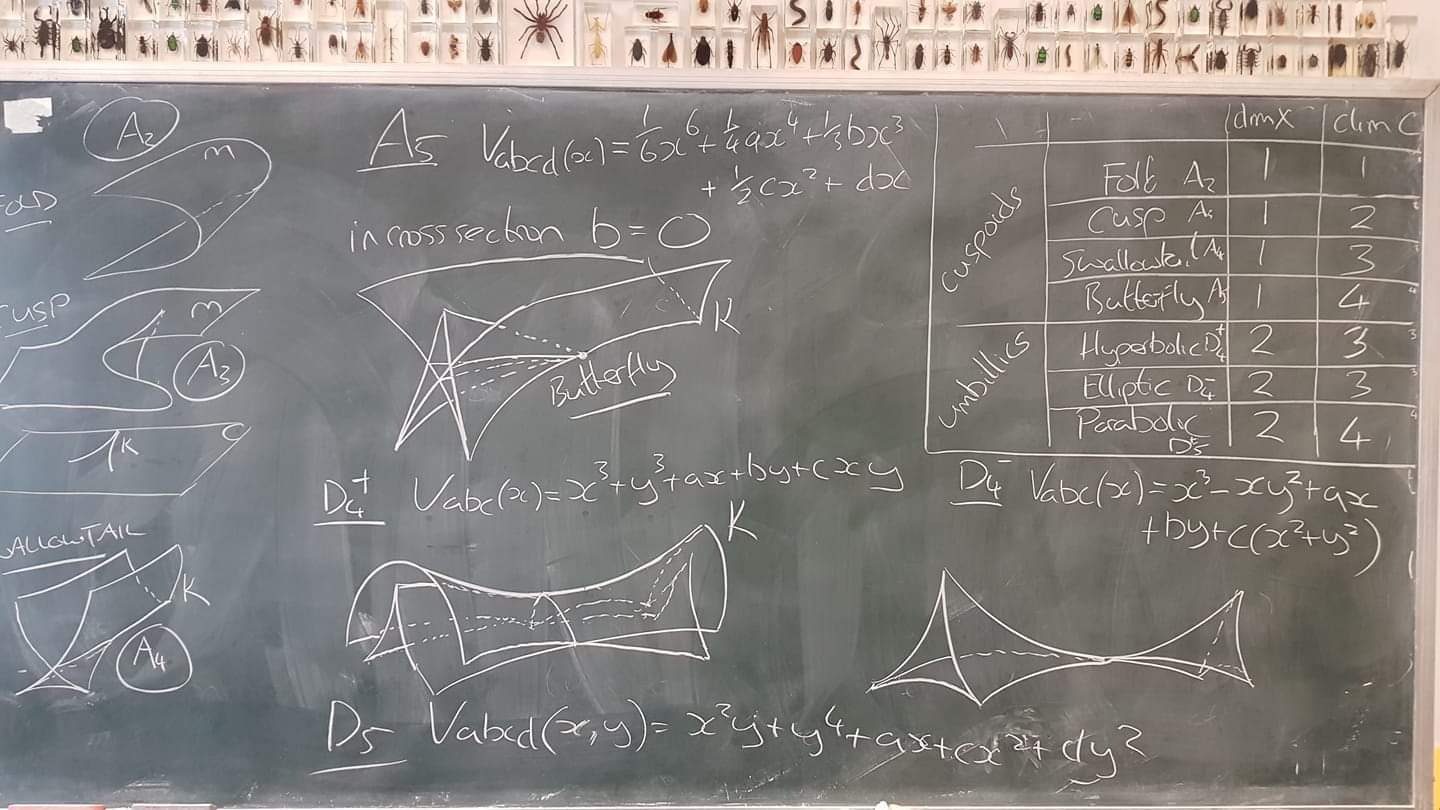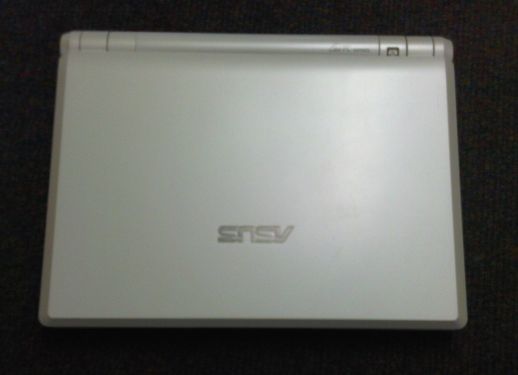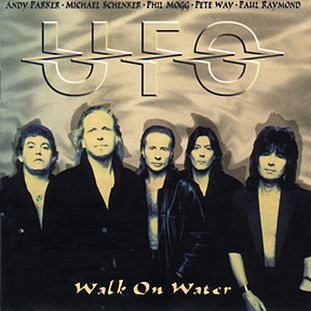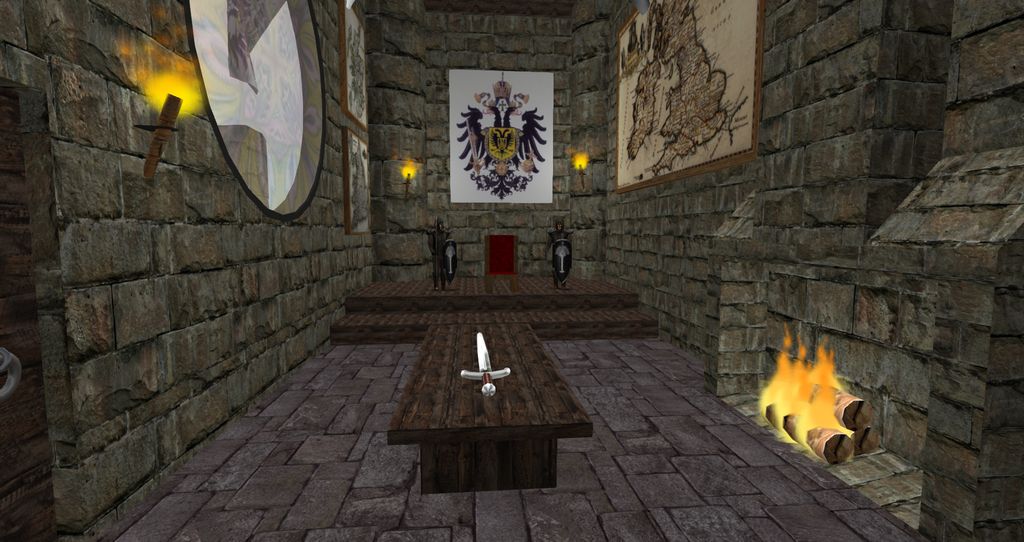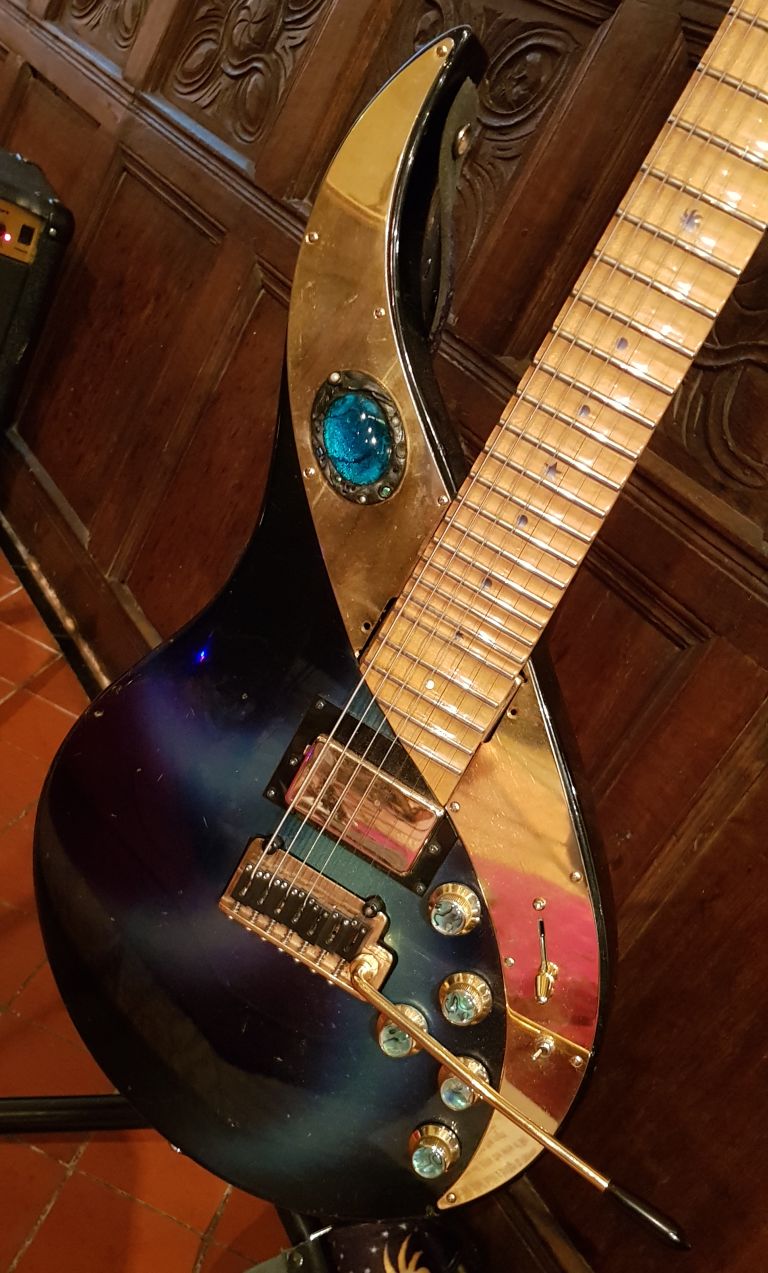 As the memory of Covid lockdown starts to fade, I’ve rediscovered a draft I’d started on moving lectures online so thought I should revisit it and get it finished before I’ve completely forgotten. Who knows, perhaps I’ll need to refer to this post in the future if we, heaven forbid, get another one!
As the memory of Covid lockdown starts to fade, I’ve rediscovered a draft I’d started on moving lectures online so thought I should revisit it and get it finished before I’ve completely forgotten. Who knows, perhaps I’ll need to refer to this post in the future if we, heaven forbid, get another one!
I’ll concentrate the example on one of my two modules, a 3rd year one called Bifurcations, Catastrophes and Symmetry, which I have taught for several years before lockdown and since as a more traditional lecture in a standard lecture theatre. I put together a blog post here before from when it first ran in 2016. This module has typically 60 to 90 students registered and runs through Term 2 (January to March). Delivery during Covid was through Microsoft Teams, Moodle and videos uploaded to Microsoft Stream (as per University systems, there was little wriggle room).
Delivery was through two main media, regular live lectures through Microsoft Teams and pre-recorded videos. The former was carried out in my office using a blackboard and webcam (I’m lucky enough to have a large, good quality board which I have managed to move office with me whenever it’s been neccessary). The latter I used department lockdown funds to purchase a nice Wacom Cintiq 16, which proved perfect for the job. All material was uploaded to the module Moodle page, with the lectures and pre-recorded videos stored on Microsoft Stream and the final slide produced by each recording uploaded as a png.
Live Lectures
These seemed to work well, using the blackboard made it feel very natural and suited my usual lecturing style. Clarity of the board was excellent, even when video was compressed, and since the camera was only recording from my waist up, unbeknownst to students, when I cycled in for a few of my lectures (the department was largely deserted and I had to get special dispensation to be allowed in to lecture) I managed to do so still in lycra shorts with a t-shirt thrown over the top!
The main drawback was interaction with the students, using the chat/Q&A facility in Teams was clunky, and I would somtimes miss queries, but the longer I was lecturing in this way the easier it became for both myself and the students. With my larger module (circa 600 students) the Q&A feature could give a general gist of questions but was woefully short of the feedback you would get from a lecture theatre full of students.
Pre-recorded Material
The graphics tablet I’d purchased is a large (16″) screen that you can write directly on, and as I was writing I would record the screen and voice using Camtasia which was then used to edit the final videos. My approach was largly to keep each one to 10 to 15 minutes max, and try to do one take. Many of my colleagues were complaining that it was taking hours to produce video material, but I think it’s becuase they were trying to produce perfect. polished videos. As with lecturing live, a large part of teaching mathematics is making mistakes and students seeing how you deal with that, hence my approach. Editing was used when things wen’t too wrong first take though! The main advantage to these videos, and good practice I have tried to take out of the whole experience, was that you could use the videos to do the largely routine stuff, proofs of results where really all you want to do is use the result to do something interesting. By consiging much of that to video it freed up the lectures to help them flow more and keep focussed.
Time Management (students)
What I, and many of my colleagues, didn’t appreciate was the very different way in which students were interacting with our material when all online. I think the approach of many of us was that if there was material we would normally cover in say three one hour lectures, then having one or two live lectures and video content that took up 3 hours of recording would be equivalent, but very quickly students were complaining of all the time it was taking. Turns out they would be pausing videos to think about it, rewinding to go over dificult material again, pedagogically excellent of course, but not something we had really appreciated. Many colleagues also used the opportunity to provide additional material to help with understanding, take the subject a little further. All with good intentions, but counter productive to students who were themselves also dealing with lockdown, all that went with it and trying to keep on top of their studies.
Post Covid
Whilst an interesting experience, so glad that we are back to face to face teaching. It has taken a while for students to start interacting as they did before (more so those who were already at University than those who have come since), but things are almost back to normal. If there is another virus, lockdown, things moving online again, I at least hope that we will all be better prepared.






